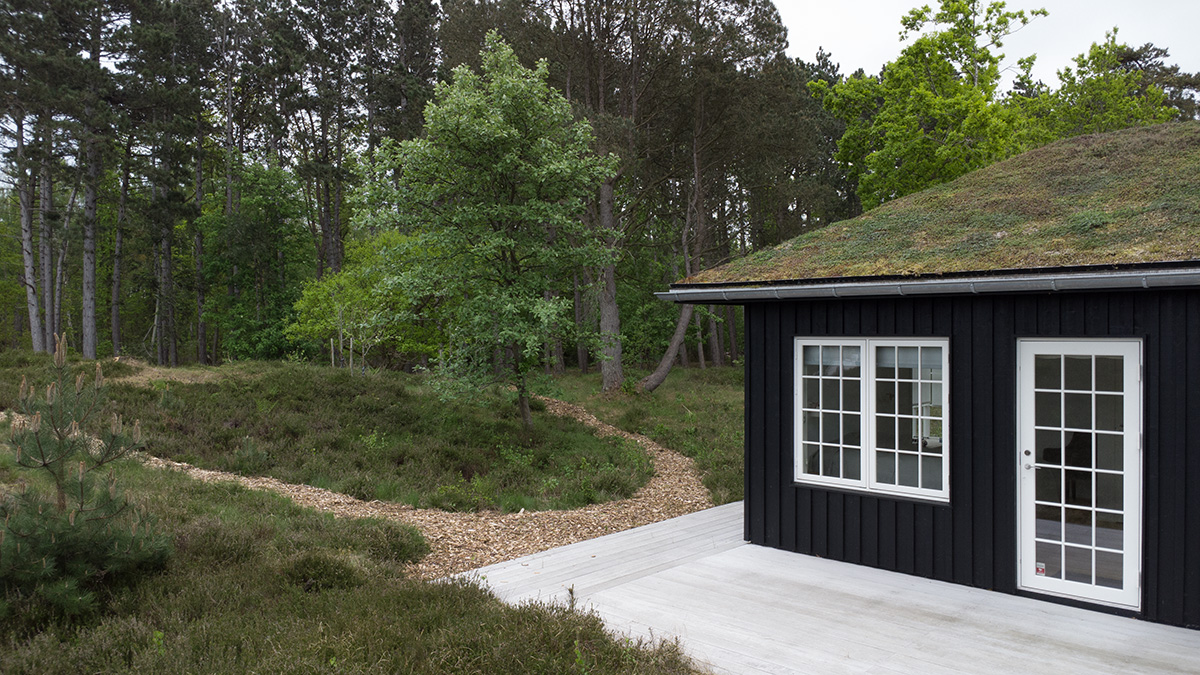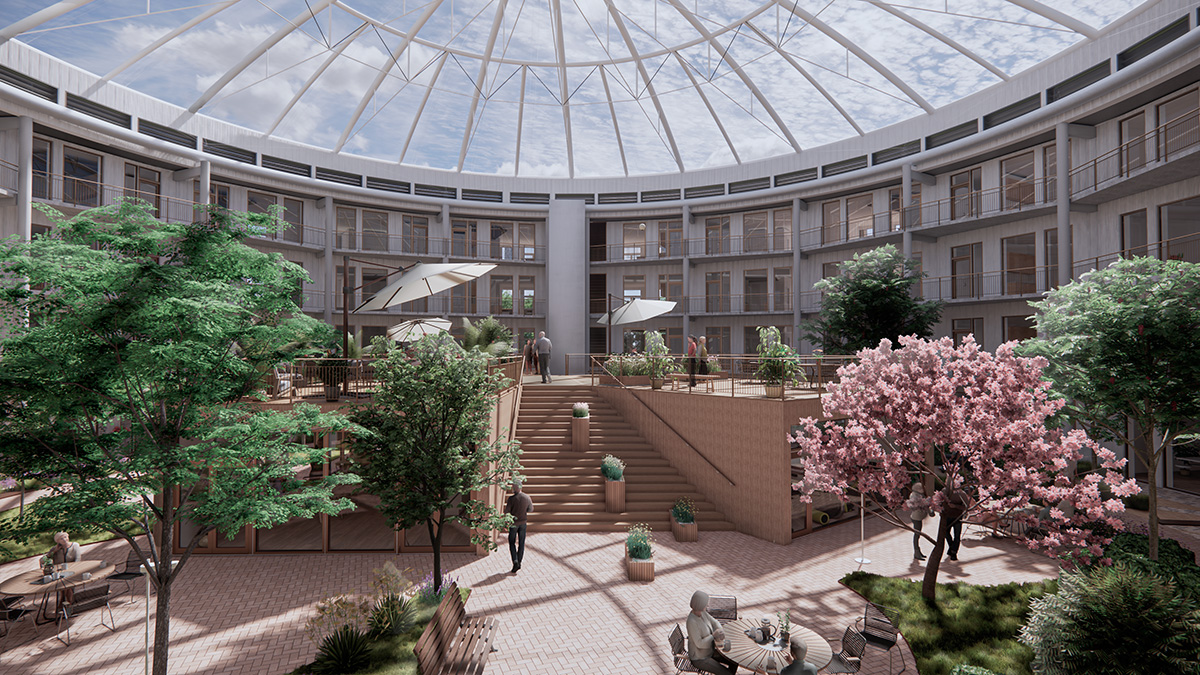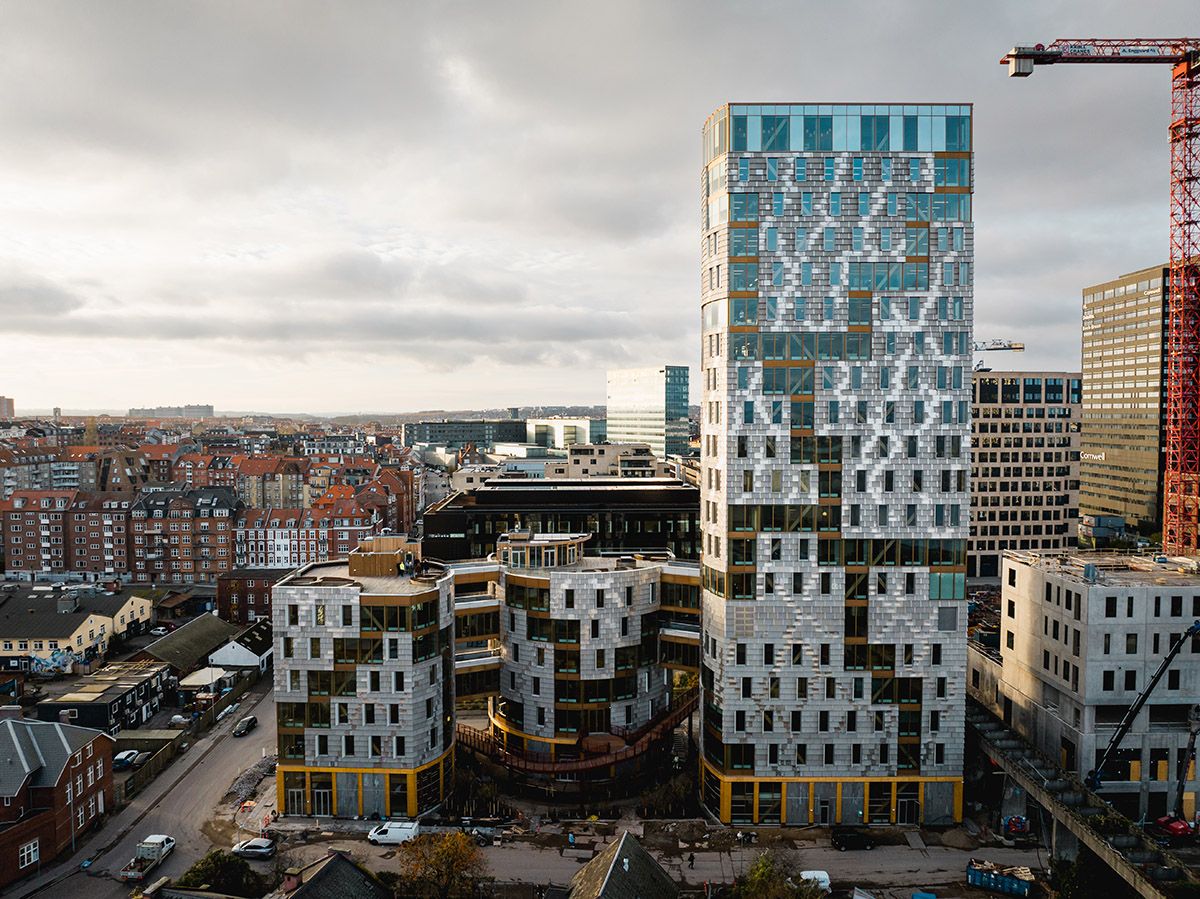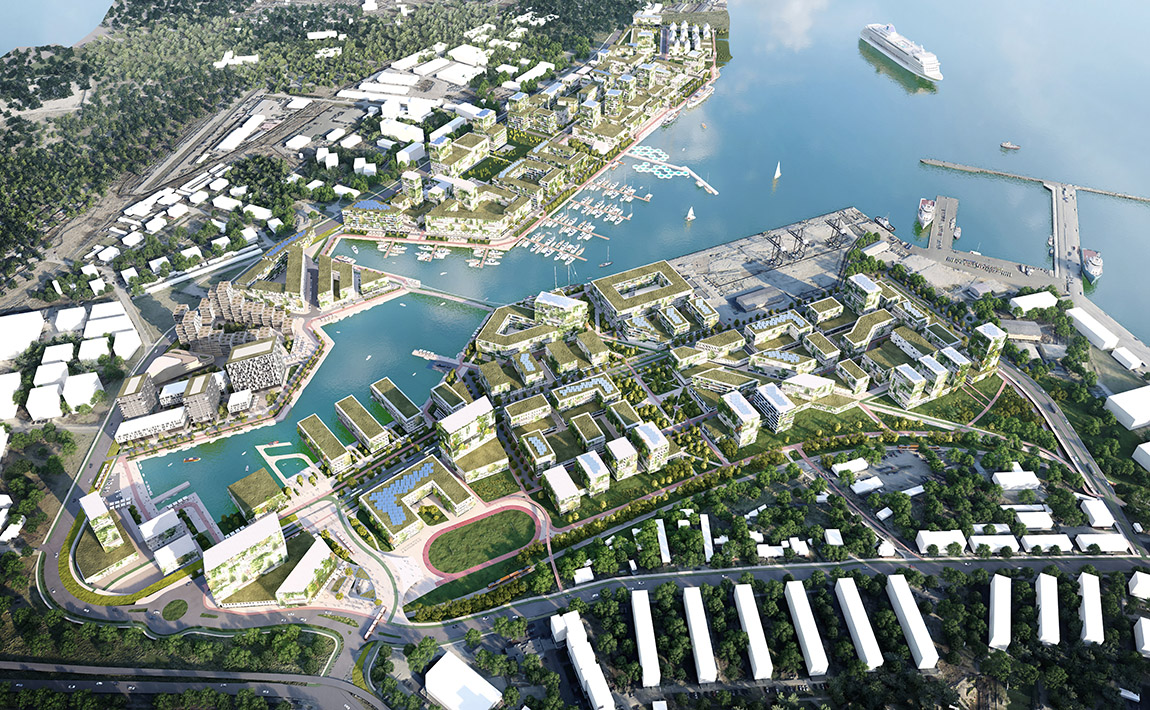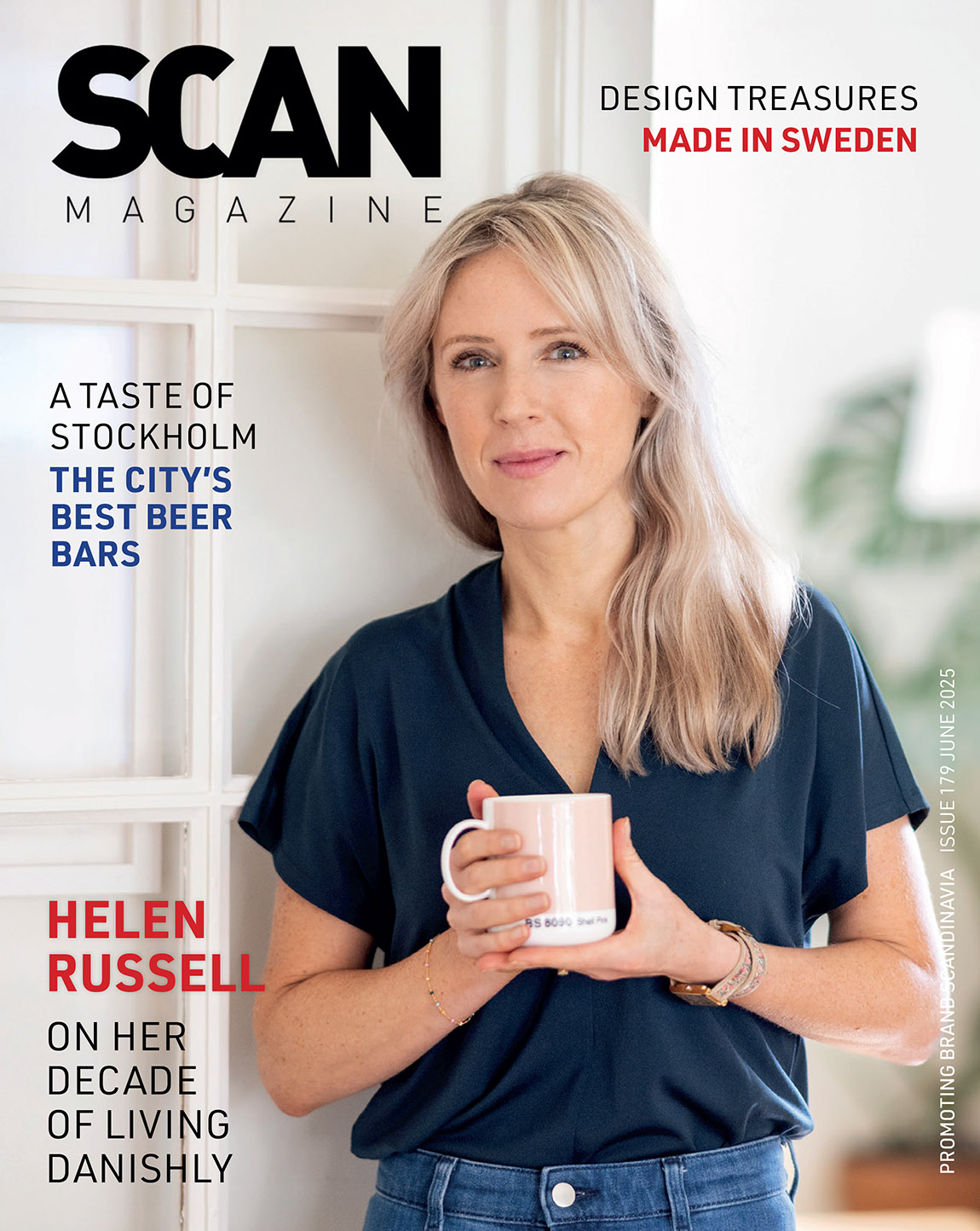NSW Arkitektur: Socially responsible architecture firm building the future
By Maria Sødal Vole
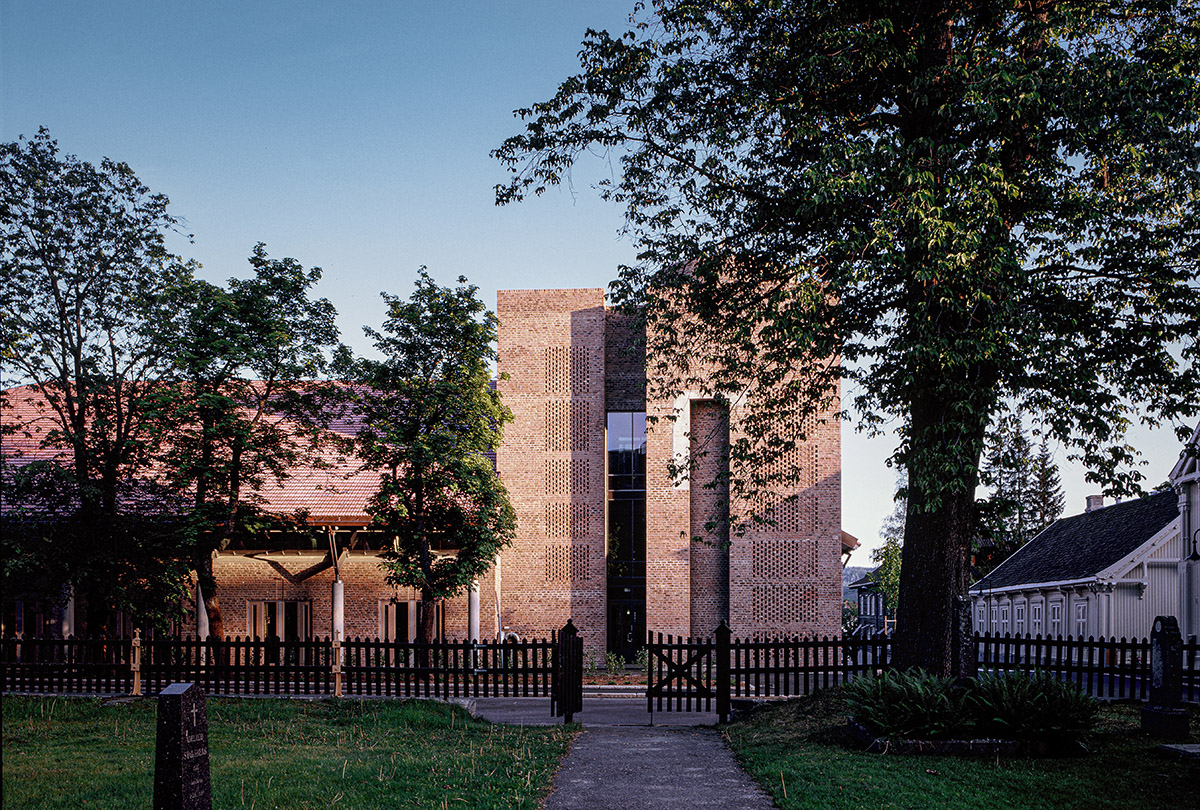
Scale and materiality were central factors in the development of the design for Kongsberg Town Hall. Photo: Jiri Havran
NSW Arkitektur is known as one of Norway’s most reliable and innovative architectural companies. Combining 45 years of experience and multi-disciplinary competence with genuine enthusiasm for architecture and design, the firm takes a human-centred, sustainable approach to creating enduring designs that are well-adapted to the local surroundings and intended use.
With 50 skilled international employees across three offices in Oslo, Hamar, and Lofoten, NSW is well-established in the Nordic and European markets. Over the years, the company has worked on a wide range of exciting projects differing in scope, complexity, and size.
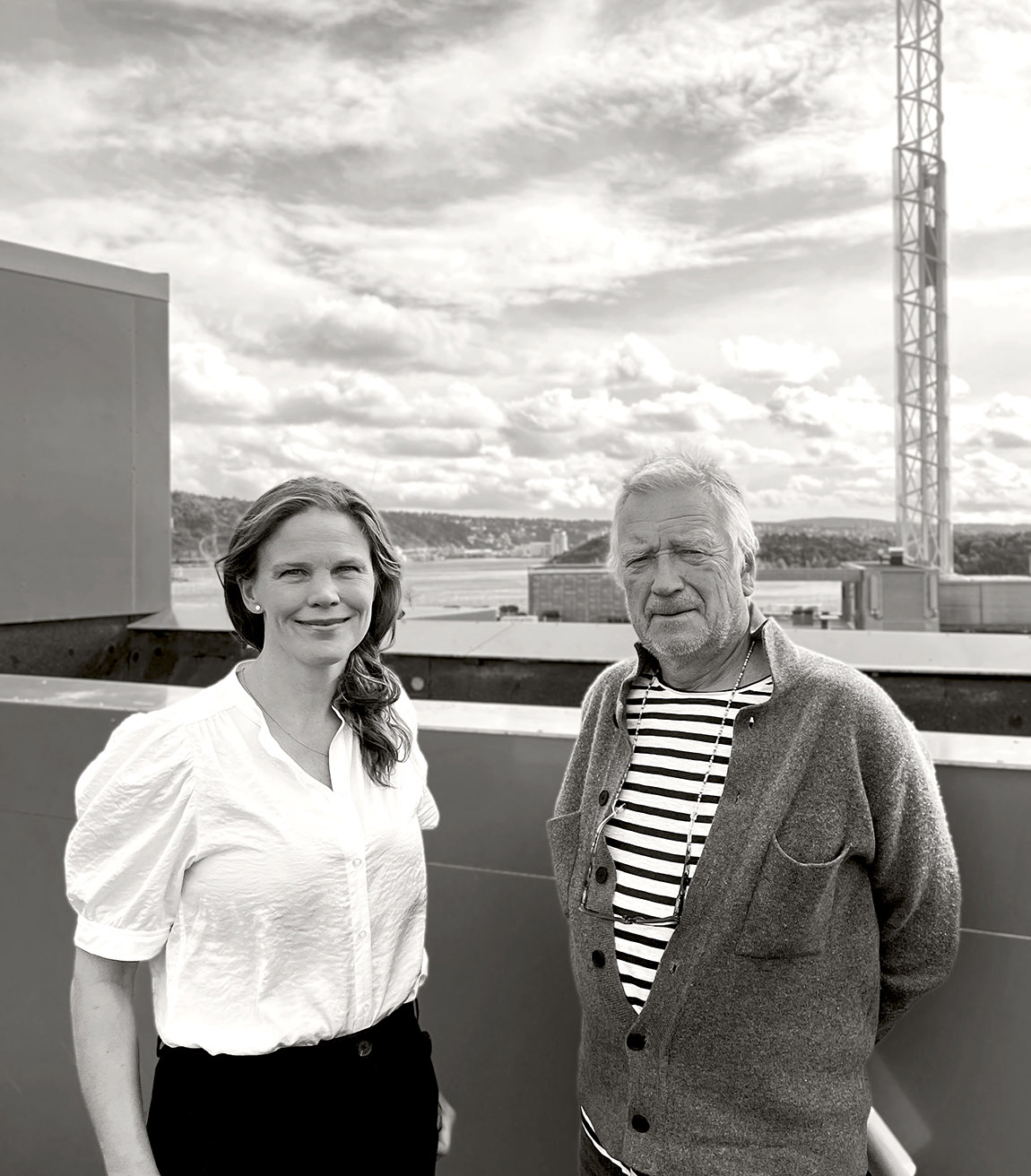
Jørn Narud, founding partner and architectural director, and Ragnhild Storrønning, managing director and architect. Photo: NSW Arkitektur
The combination of extensive experience, innovative thinking, and willingness to take on a variety of projects has earned NSW a reputation as a major player in the field of Scandinavian architecture. “Our success lies in building quality – that’s what we’re always trying to achieve,” says Jørn Narud, founding partner and architectural director.
Taking a multi-disciplinary approach, NSW’s team has expertise across a broad range of fields. With a considerable level of technical competence, historical background, and knowledge covering all areas of the profession, the firm can provide first-rate work at all stages of a project. “Working across a broad spectrum means that we’re able to carry out projects from early-stage studies to completion,” says Ragnhild Storrønning. “Being involved in every step of the process is a privilege, and we enjoy building great relationships with our clients.”
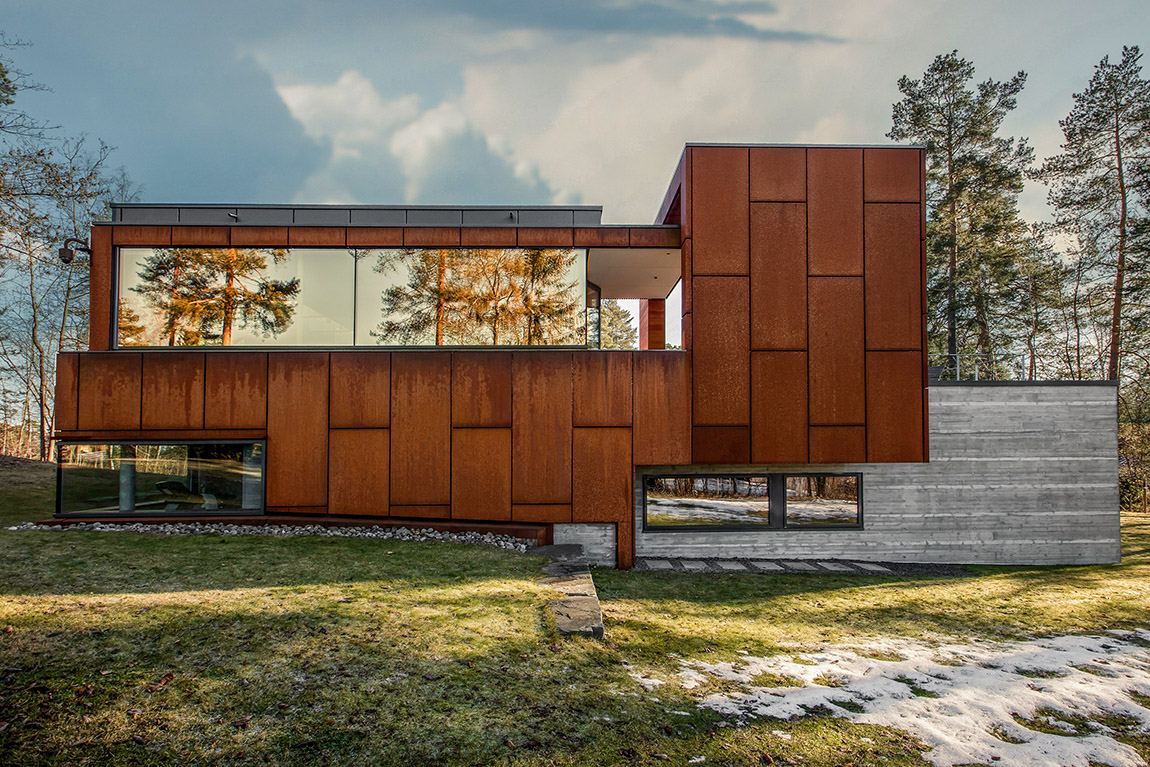
The family home Platheskogen 15, Høvik. Photo: Høvik Roger Sandvær
Sustainability and people in focus
A human-focused, sustainable approach to architecture is an integral element of NSW’s philosophy. Building in harmony with the landscape and environment, as well as being functional and pleasant for the people who will interact with the spaces, is a key consideration.
Taking on projects ranging from small alterations of existing buildings to large-scale enterprises, NSW values variety and flexibility. “We’re conscious of the context that each project exists within. While we always prioritise our customers’ needs, we’re also concerned with the needs of society as a whole,” says Storrønning. “The buildings and the in-between spaces should be sustainable and offer value to the local community. They should be well-suited to the surroundings and create an exciting environment for the people who will live, work, and coexist in that space.”
Longevity is a crucial element in creating cohesion across the varied projects. “We work towards increasing the quality of the urban space and the city itself,” Narud adds. “Materiality and finishes are important– our buildings must be resilient, preserve well over time, and withstand the use for which they were designed.”
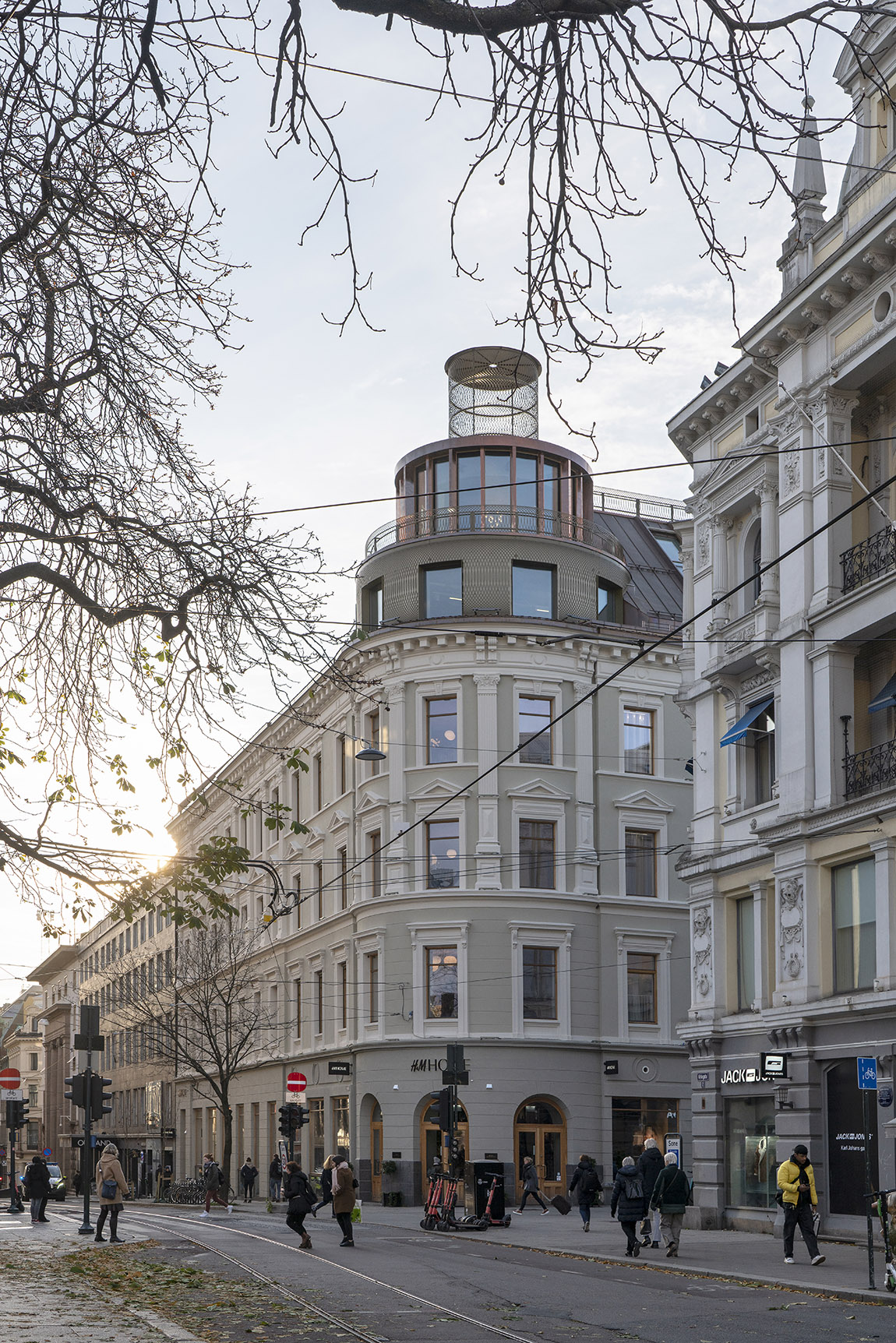
H&M Flagship Store – Karl Johans gate. Photo: Jiri Havran
Transforming spaces, preserving nature
NSW identifies the adaptive reuse of existing structures as a key focus in the forthcoming years. “Looking ahead, a principal value in architecture is preserving what we have – restructuring and integrating new functions in existing builds,” means Narud. “Unfortunately, we find lots of empty buildings in most cities. We should utilise these spaces and implement new activities that will strengthen the rest of the city, whether it’s homes, offices, or business activities.”
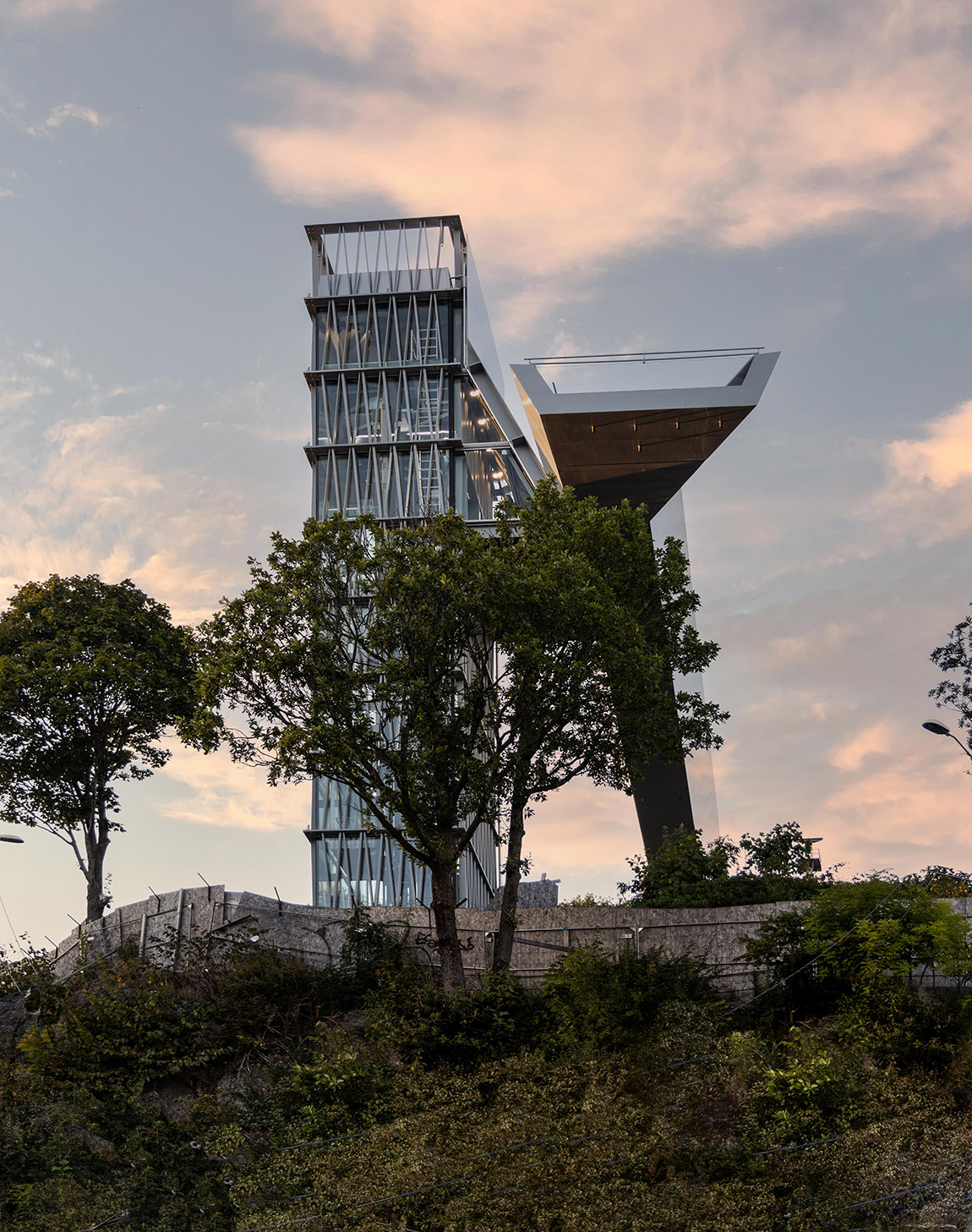
The Glass lift connects Fløybyen to the town square and Pollen below. Photo: Anette Flaath
Storrønning and Narud see the utilisation and transformation of empty and underused spaces as a significant priority within architecture. They point out the particular importance of reimagining buildings and sites that carry historic and cultural significance, which can be reshaped using modern elements and put to a new use that adds value for local populations.
Highlighting the importance of nature in urban areas, Storrønning points out that these are very valuable elements – green areas in urban contexts play a key role in people’s health and well-being as well as having varied environmental benefits. “We need to make the most of existing structures that aren’t being used,” she says and continues; “Preserving our nature is our obligation.”
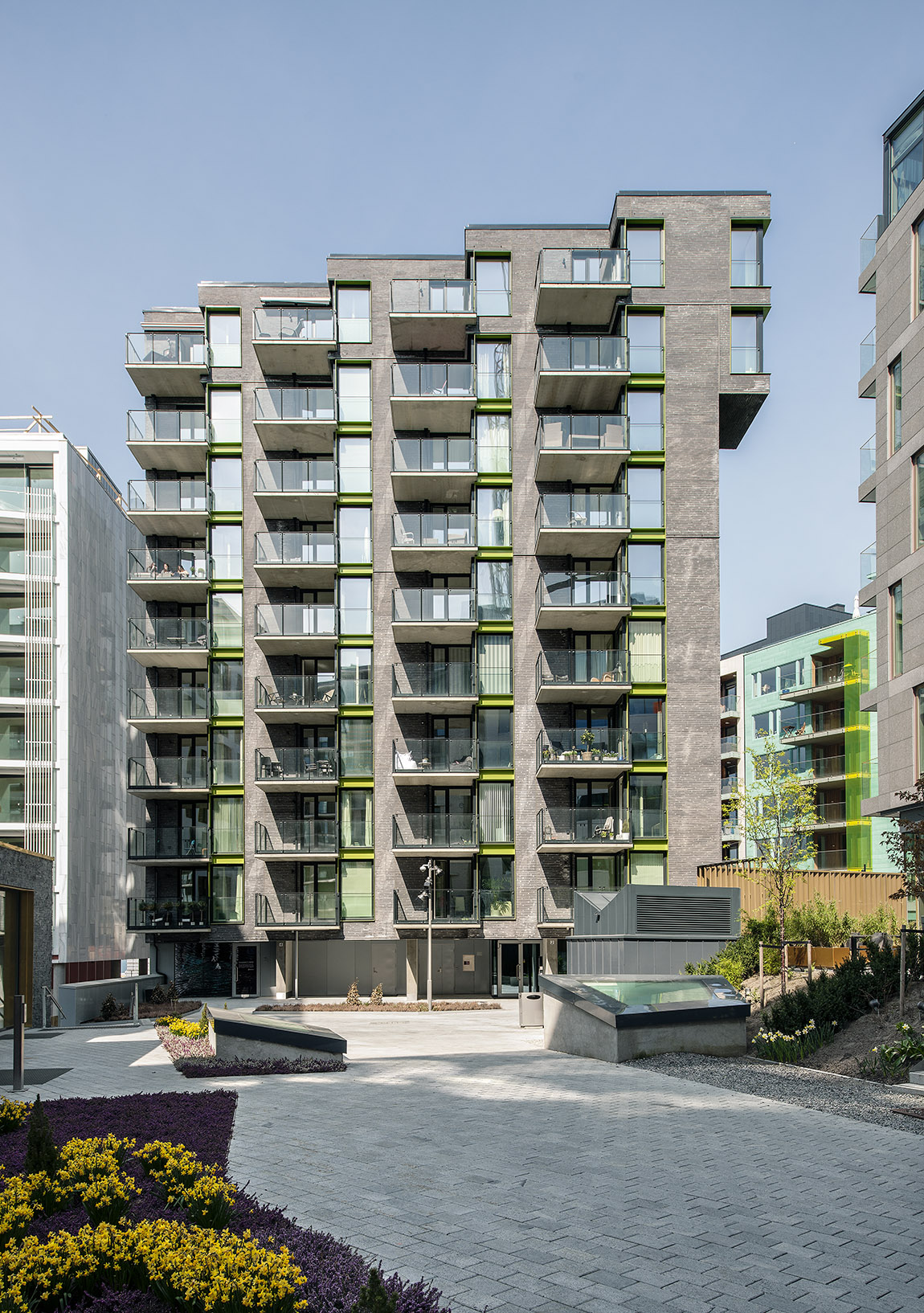
Urban project Tjuvholmen has excellent views of the Oslo waterfront.Photo: Jiri Havran
Web: www.nsw.no
Facebook: NSW Arkitektur
Instagram: @nswarkitektur
Subscribe to Our Newsletter
Receive our monthly newsletter by email

